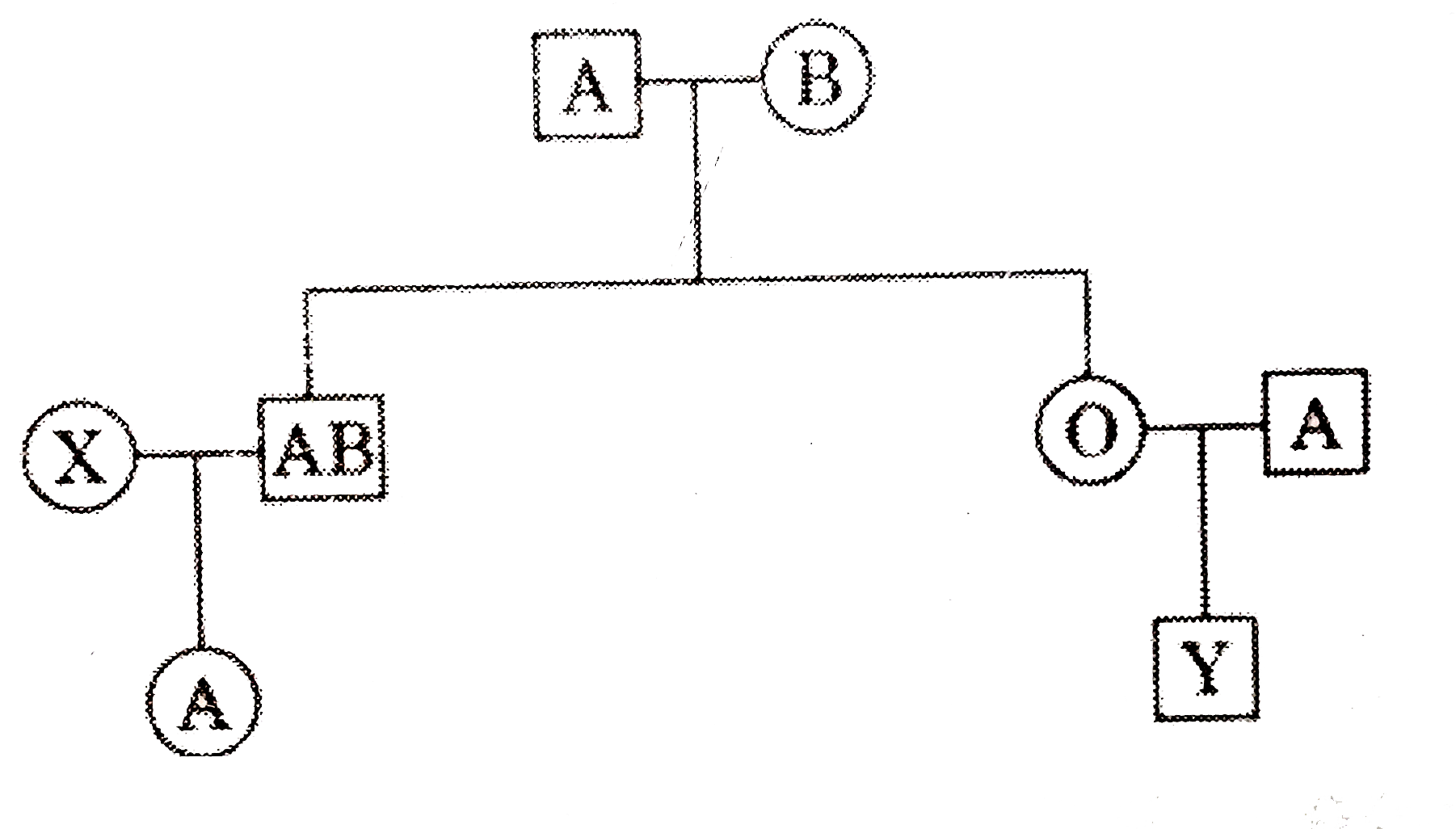Third generation pesticides are
insects repellants
pheromones
pathogens
insect hormone analogues
The correct Answer is:4
Step-by-Step Text Solution:
1. Understanding Pesticides: Pesticides are chemicals used to control pests, which primarily include insects that can damage crops. Their main purpose is to enhance crop productivity by reducing the population of these harmful organisms.
2. Generations of Pesticides: Pesticides are categorized into different generations based on their development and mode of action. The third generation of pesticides is specifically designed to target pests more effectively and with greater specificity.
3. Third Generation Pesticides: The third generation of pesticides primarily includes insect hormone analogs. These are modified forms of insect hormones that specifically target the life cycle of certain pests, particularly during their larval stages.
4. Mechanism of Action: Unlike traditional pesticides that may kill insects outright, third generation pesticides, such as juvenile hormone analogs, do not kill insects directly. Instead, they interfere with the development of larvae, preventing them from maturing into adults. This effectively reduces the population of the pest over time.
5. Examples of Third Generation Pesticides: Some examples of juvenile hormone analogs include:
- Methoprene
- Hydroprene
- Phenoxycarb
These compounds mimic the natural juvenile hormones in insects and disrupt their growth and development.
6. Conclusion: Based on the characteristics and examples discussed, the correct identification of third generation pesticides is that they are insect hormone analogs.
Final Answer: Third generation pesticides are insect hormone analogs.
---
- Methoprene
- Hydroprene
- Phenoxycarb
These compounds mimic the natural juvenile hormones in insects and disrupt their growth and development.
Topper's Solved these Questions
Similar Questions
Knowledge Check
Assertion: Chemical fertilisers and pesticides are not only expensive but also pose environmental hazards.
Reason: Any mismanagement during application of chemical
fertilisers and pesticides is likely to cause damage not only to crops
but also to man.AIf both Assertion and Reason are true and the Reason is the correct explanation of the AssertionBIf both Assertion and Reason are true and the Reason is not
the correct explanation of the Assertion.CIf Assertion is true but the Reason is false.DIf both Assertion and Reason are false.Assertion : Heavy metals and persistent pesticides pass into the food chain and increase in amount per unit weight of the organism at successive trophic levels.
Reason : Heavy metals and persistent pesticides can be easily metabolised by the organism's body.A(a) Both, Assertion and Reason, are true and Reason is the correct explanation of AssertionB(b) Both, Assertion and Reason, are true but Reason is not the correct explanation of AssertionC(c) If Assertion is true but Reason is falseD(d) If Assertion is false but Reason is true
Assertion : the disadvantages of chemical pesticides can be overcome by the use of biopesticides.
Reason: Biopesticides are the harmless pesticides of biological orgin which are used to cotrol weeds and pests without causing any significant damage .
View SolutionWhich one is correct regarding the action of pesticides and herbicides
View SolutionMaximum bioconcentration of pesticide residue is usually found in birds that exclusively feed on:
View SolutionStudy the given pedigree chart showing the pattern of blood group inheritance in a family
(a) Given the genotype of the following:
(i)Parents
(ii) The individual 'X' in second generation
(b) State the possible blood groups of the individual 'Y' in third generation
(c) How does the inheritance of this blood group explain codominance?

View SolutionAssertion (A) : Excessive use of chlorinated synthetic pesticides causes soil and water pollution.
Reason (R) : Such pesticides are non-biodegradable.
View SolutionWhich of the following statement is not in relation to more selection of pesticide - resistant microbes?
View Solution
